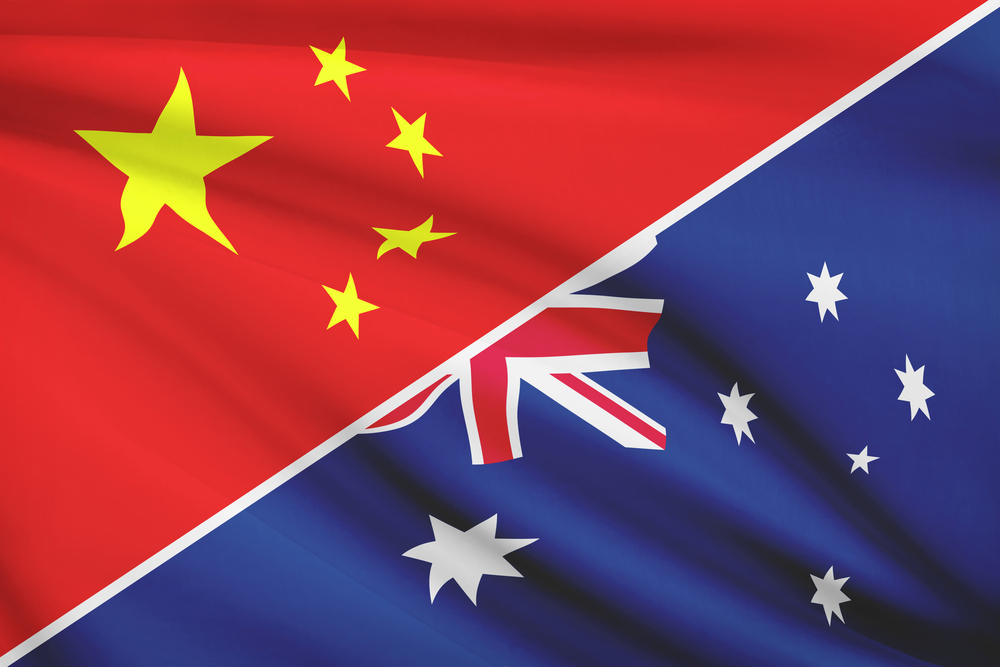Putting China’s Investment in Australia in Perspective

Please note that we are not authorised to provide any investment advice. The content on this page is for information purposes only.
Investment must be the most misunderstood part of the Australia–China economic relationship.
It is well known that China invests in Australia. But get this: the Australian Bureau of Statistics says that there is nearly as much Australian capital in China as there is Chinese capital in Australia, AU$29.6 billion (US$23.5 billion) compared with AU$31.9 billion.
Investment must be the most misunderstood part of the Australia–China economic relationship.
It is well known that China invests in Australia. But get this: the Australian Bureau of Statistics says that there is nearly as much Australian capital in China as there is Chinese capital in Australia, AU$29.6 billion (US$23.5 billion) compared with AU$31.9 billion.
This is not the dodgy data that some worry come out of the Foreign Investment Review Board. It is right there in the Balance of Payments, an accounting book that all countries keep to record capital flows between home and the rest of the world.
On a per-person basis, that means Australians have invested in Chinese assets on a scale more than 50 times greater than the reverse direction.
Leaving aside all the other arguments, such as Chinese investment being low overall — the ABS also says that the US stock of investment in Australia is more than 20 times larger than the Chinese stock — Australia needs to get used to the big truth that investment, like trade, is a two-way street.
Take a closer look and things get even more interesting.
There are two ways that Australia and China can acquire each other’s assets. The first is through buying a claim to ownership, or equity investment. The second is through lending, or debt investment.
In Australia, Chinese equity investment grabs headlines. Like when Shandong Ruyi paid AU$277 million in 2012 for a majority stake in the Queensland irrigation and cotton farming property, Cubbie Station. China’s total equity investment in Australia stands at AU$9.9 billion.
However, have you ever heard of ANZ’s AU$568 million equity stake in Shanghai Rural Commercial Bank? What about its AU$159 million stake in Bank of Tianjin? Then there is the AU$102 million that Commonwealth Bank (CBA) paid for its chunk of the Bank of Hangzhou. It is also the single biggest shareholder of Qilu Bank. In fact, all the major Australian banks have their own direct presence in China. ANZ has a wholly owned Chinese subsidiary bank with 9 branches and more than 700 staff.
There are plenty more examples. So many, in fact, that Australia’s equity investment in China has hit AU$10.7 billion.
Even without adjusting for the massive difference in economic and population size, Australia holds ownership claims in China worth more than China holds in Australia.
Therefore, the next time panic begins to set in because China is supposedly buying the farm, Australians should keep in mind that it is just as true to say that Australia has already bought the bank in China.
Investment can also be sliced and diced into direct investment versus the rest.
Direct investment brings some degree of influence over management. Shandong Ruyi’s 80 percent stake in Cubbie Station meets this criterion. So too does ANZ’s 20 percent holding in Shanghai Rural Commercial Bank.
China’s direct investment in Australia stands at AU$20.8 billion, compared with Australia’s AU$6.4 billion in China. That said, in per-person terms Australia’s direct investment still overwhelms by a ratio of 17:1.
Does it matter that a majority of China’s capital in Australia (65 percent) takes the form of direct investment while only a minority (22 percent) of Australia’s capital in China does?
Most economists would say yes. Moreover, it is good news for Australia.
That is because direct investment sets out to build deep partnerships and create long-run value. If short-term speculation is the goal, flipping a few shares traded on a stock exchange is a whole lot easier.
Look at those voracious Australian banks. Their ownership of Chinese lenders dates back to the mid-2000s. By the end of 2012, ANZ had doubled its money, while CBA had more than tripled its money.
The fact that investment between Australia and China is roughly balanced is unfortunately not a sign of strength. China’s vastly bigger size means that Australia should host more Chinese capital than it does. It therefore signals a lost opportunity: capital, that could be hard at work in Sydney, Melbourne and Rockhampton is instead languishing in Beijing, Shanghai and Chengdu. Fix that and both Australia and China will reap the benefits.
Why Australia should not be so worried about Chinese investment is republished with permission from East Asia Forum




